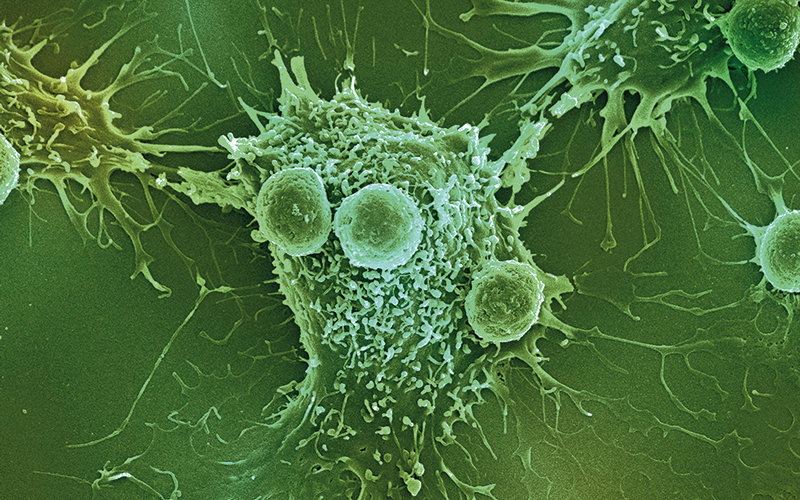Deputy Editor Anthony Rhodes provides a brief glimpse of the articles on offer in the first issue of 2021.

The British Journal of Biomedical Science is the official journal of the Institute of Biomedical Science. As such, a main remit of the journal is to publish research that has the potential to push back the frontiers with respect to improved diagnostic testing. Massive strides have been made in the use of laboratory tests that provide improved accuracy of diagnosis, prognosis or predict response to therapy. However, many conditions and illnesses still cause considerable misery and suffering. Better laboratory diagnostics are therefore needed to provide more accurate information and lead to improved patient care – the aim being to provide for a higher quality of life for individuals with these conditions. Some of the molecules and approaches described in the journal, such as analysis of micro-RNAs and single nucleotide polymorphisms (SNPs) for a range of genes, may appear esoteric to many of us working in the laboratories, where more traditional methods hold sway. However, in years to come some of these newer biomarkers will make their way into the clinical diagnostic setting and become commonplace.
In the first issue of the 2021 volume of the British Journal of Biomedical Science, a range of articles explore new potential biomarkers in some of the chronic conditions extremely prevalent in the second decade of the 21st century and for which there is still ample room for improved patient care.




